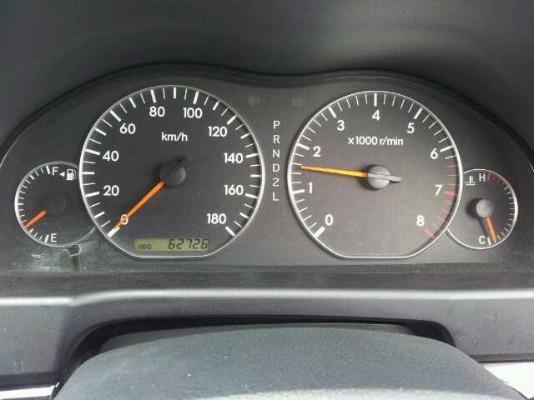Mr Lee Sayer, Jevic Africa MD, says the average number of miles a vehicle travels in Japan is 10,000km per year, which means that the speedometer of a car which is eight years old should read about 80,000km.
“If somebody is buying a car that indicates it has travelled between 30,000 and 50,000km, then the buyer should be suspicious and find out if the mileage is authentic,” he says, adding that in a few rare cases, the figures might be genuine if the vehicle was not frequently used.
After keying in your chassis number in the website, it gives you an e-certificate with the correct mileage reading of the car before it was exported to Kenya, the inspection date as well as the year of first registration.
“Most buyers are not aware that this information is available. There is a need for Kenyans to be enlightened on how to determine whether the reading on the odometer is correct,” said Mr Sayer on the phone.
Using random chassis numbers of vehicles (supplied willingly by owners), it has been that some models are more prone to the problem than others.
A Subaru Imprezza mileage reading seen had been reduced from 177,125km to 77,125km while a Toyota Caldina’s was altered from 129,078km to 59,200km. A Toyota NZE had its mileage reduced from 167,098km to 67,098km while a Subaru Legacy reading of 98,089km was originally 198,089km.
However, an Audi had the correct mileage of 76,890km, just like a BMW that had travelled 87,893km.
The good news, though, is that motoring experts say there is no immediate danger of driving a “clocked” car. However, buyers are conned into paying more for vehicles than what they are actually worth.
“The mechanical integrity and safety of a vehicle solely depends on how well it has been maintained. My car, for instance, has done over 130,000km, and if you ask me, I think it sounds and drives better than when I bought it yet I don’t know if it was clocked,” says Mr Ombewa Neto, a motoring expert and columnist.
Mr Neto, however, warns that after clocking, some parts such as the timing belts, which should be changed after 100,000km, are left unchanged and can damage the engine because of the wrong odometer reading.
The danger is that a vehicle that has done 100,000km but only shows 50,000km may not get the service needed to continue running safely. As a result, such vehicles may be more prone to breaking down or may be less safe in collisions.
Most Kenyans buying used cars often go for those with a low mileage reading which, experts say, is unrealistic.

